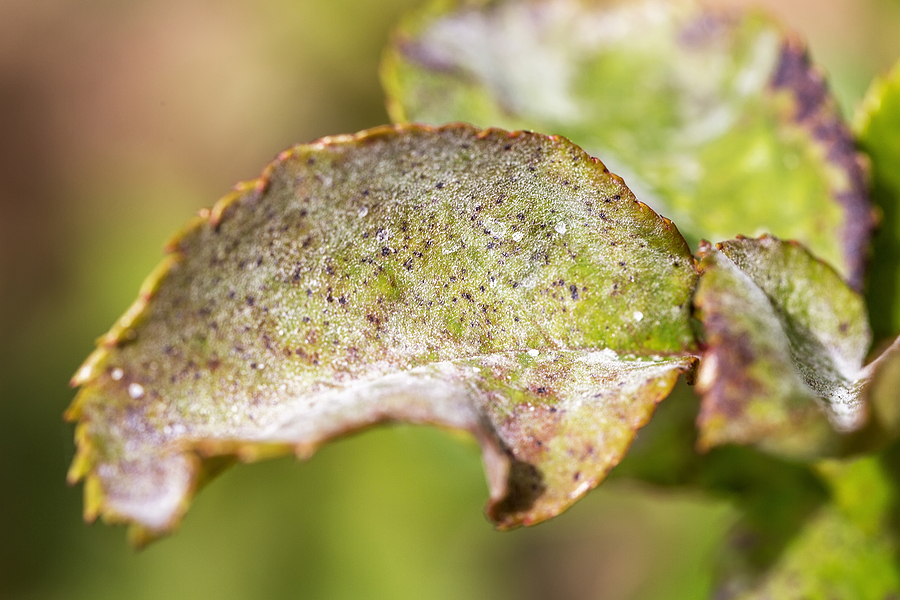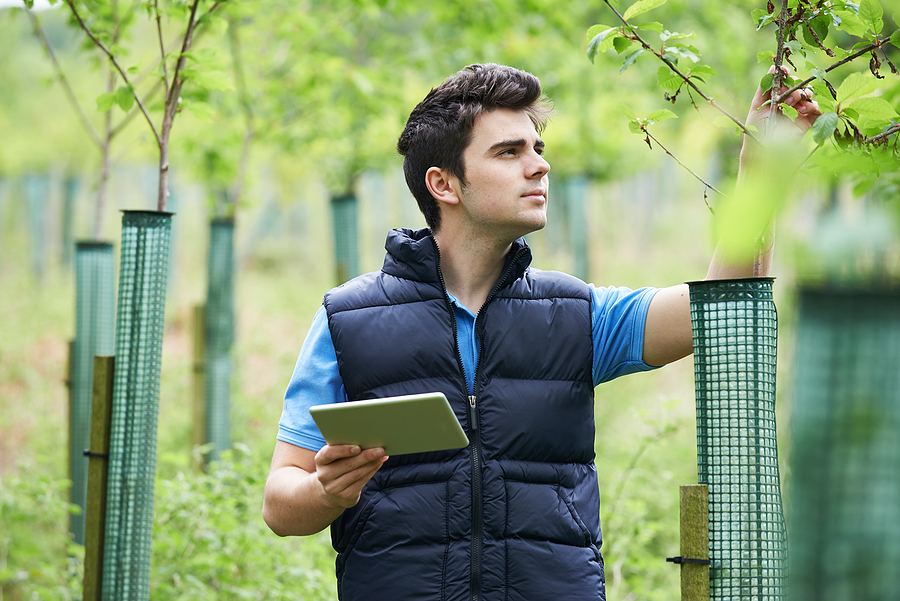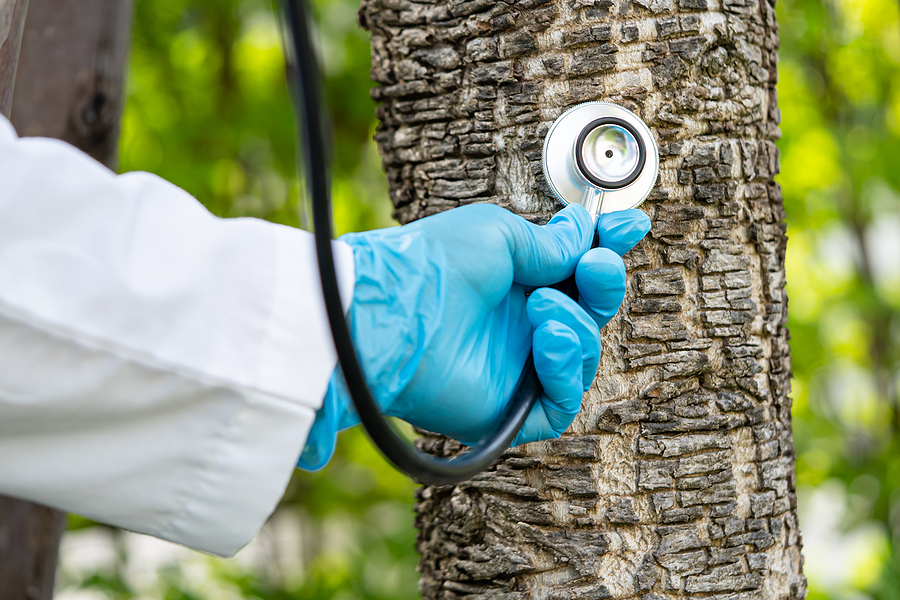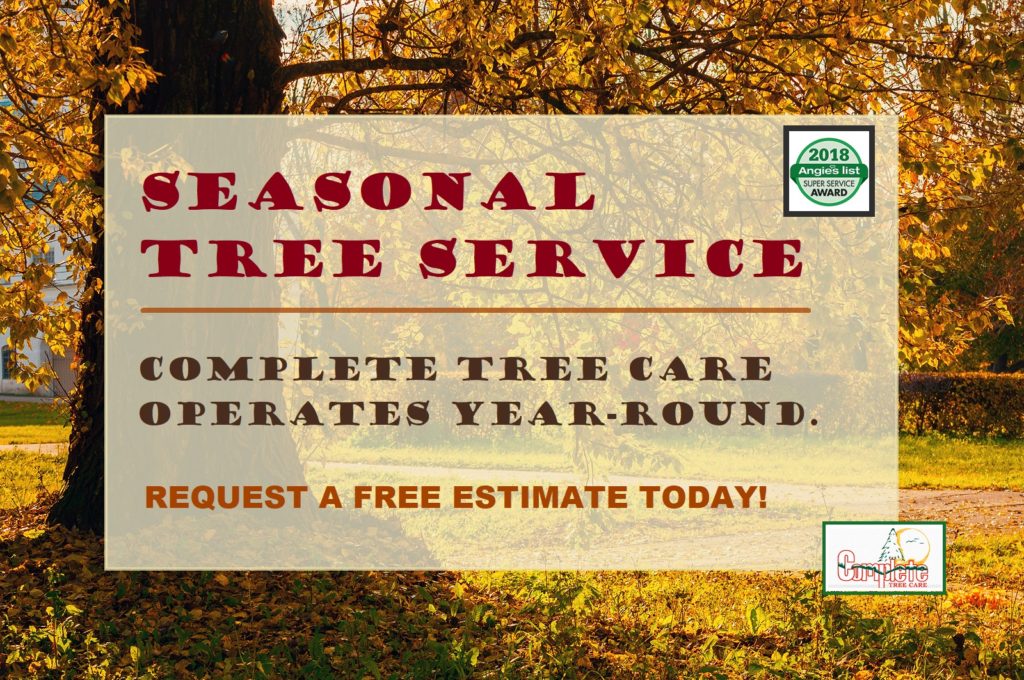That white, chalky coating spreading across your tree’s leaves isn’t just unsightly—it’s powdery mildew, a common tree fungus that can weaken your beloved landscape trees if left untreated. This fungal disease affects countless homeowners each year, turning vibrant green foliage into a dusty, unhealthy mess.
Understanding powdery mildew is crucial for maintaining healthy trees on your property. While this tree disease rarely kills mature trees outright, it can significantly weaken them, making them more susceptible to other problems and reducing their natural beauty. The good news? With proper tree care and proactive tree maintenance, you can prevent and treat this persistent fungal infection.
Whether you’ve spotted suspicious white patches on your lilac, oak, or crabapple trees, or you’re looking to prevent future outbreaks, this comprehensive guide will equip you with the knowledge needed to protect your trees. From identifying early symptoms to implementing effective treatment strategies, you’ll learn how to keep your trees healthy and vibrant year-round.

Identifying Powdery Mildew on Trees
Color
Powdery mildew appears as white or gray, powdery patches on leaf surfaces, resembling a light dusting of flour or talcum powder. Unlike other tree diseases that cause browning or yellowing, this tree fungus creates distinctive white spots that gradually spread across affected foliage.
Location
The disease typically begins on the upper surfaces of leaves, though it can also affect stems, buds, and flowers. As the infection progresses, leaves may become distorted, curl, or drop prematurely. Young shoots often show stunted growth, and heavily infected trees may experience reduced flowering or fruit production.
Vulnerable Species
Lilac trees are particularly susceptible to powdery mildew, especially during humid summer months. You’ll notice the telltale white coating on leaves, which can eventually cover entire branches if left unchecked. Oak trees may develop powdery mildew on both leaves and twigs, with younger trees showing more severe symptoms than mature specimens. Crabapple trees often exhibit powdery mildew on new growth first, with the infection spreading to older leaves as conditions remain favorable.
Early Detection
Early detection is key to effective tree care. Regular inspection of your trees, particularly during warm, humid weather, allows you to catch infections before they become severe. Look for initial small, circular white spots that gradually expand and merge together.
Factors Contributing to Powdery Mildew
Several environmental conditions create the perfect storm for powdery mildew development. Unlike many fungal diseases that require moisture on leaf surfaces, powdery mildew thrives in dry conditions with high humidity—a combination that often occurs during late spring and early summer.
Poor air circulation around trees significantly increases infection risk. Dense plantings, overgrown shrubs, or trees planted too close to structures often lack adequate airflow, creating microclimates favorable to fungal growth. This is why routine tree service often includes strategic pruning to improve air circulation.
Temperature fluctuations between 60-80°F provide optimal conditions for spore germination and spread. During these temperature ranges, the fungus can complete its lifecycle rapidly, producing new spores that infect nearby healthy tissue.
Stressed trees are more vulnerable to powdery mildew infections. Factors such as drought, poor soil conditions, nutrient deficiencies, or recent transplanting can weaken a tree’s natural defenses. A sick tree struggling with other issues becomes an easy target for opportunistic fungal pathogens.
Shade also plays a role in disease development. While some shade is beneficial, excessive shade combined with poor air circulation creates conditions that favor fungal growth. This is particularly relevant for understory trees or those growing beneath larger specimens.
Request Routine Tree Service Today! ✅
Preventative Measures for Optimal Tree Care
Proactive tree maintenance is your first line of defense against powdery mildew and other tree diseases. Implementing preventative strategies is far more effective and economical than treating established infections.
Proper spacing between trees and other plants ensures adequate air circulation. When planting new trees, consider their mature size and provide sufficient space for airflow. For existing plantings, selective removal of competing vegetation can improve air movement around valuable trees.
Strategic pruning removes crossing branches, water sprouts, and dense interior growth that restricts airflow. This routine tree service practice not only prevents fungal diseases but also improves overall tree structure and health. Focus on creating an open canopy that allows air and light to penetrate throughout the tree.
Soil health management strengthens trees’ natural resistance to diseases. Regular soil testing helps identify nutrient deficiencies or pH imbalances that stress trees. Proper fertilization, organic matter incorporation, and appropriate watering practices build robust, resilient trees.
Variety selection makes a significant difference in disease susceptibility. When replacing trees or adding new ones to your landscape, choose varieties bred for disease resistance. Many modern cultivars of lilac, oak, and crabapple offer improved resistance to powdery mildew while maintaining aesthetic appeal.
Sanitation practices prevent disease spread between seasons. Rake and dispose of fallen leaves from infected trees, as spores can overwinter in plant debris. Clean pruning tools between cuts when working on infected trees to prevent spreading pathogens.
Treatment Options for Powdery Mildew
When prevention isn’t enough, several treatment options can effectively control powdery mildew infections. The key is selecting the appropriate treatment based on infection severity, tree species, and environmental considerations.
Fungicides
Fungicides offer reliable control for serious infections. Systemic fungicides absorb into plant tissue and provide longer-lasting protection, while contact fungicides create a protective barrier on leaf surfaces. Apply fungicides early in the infection cycle for best results, following label directions carefully regarding timing, dilution rates, and safety precautions. Always wear protective equipment and avoid applications during windy conditions or when temperatures exceed 85°F.
Horticultural Oils
Horticultural oils work by smothering fungal spores and mycelium on leaf surfaces. These oils are particularly effective when applied early in the infection cycle. Mix according to label directions and apply during cooler parts of the day to prevent leaf burn. Avoid applications when trees are drought-stressed or temperatures are extremely high.
Neem oil provides a natural treatment option that disrupts fungal growth patterns. This organic solution works best as a preventative measure or for light infections. Apply neem oil in the evening to reduce potential harm to beneficial insects, and ensure thorough coverage of affected areas.
Pruning
Pruning infected areas removes fungal sources and improves air circulation. Cut infected branches back to healthy tissue, making cuts just above outward-facing buds or lateral branches. Sterilize pruning tools with rubbing alcohol between cuts to prevent spreading spores to healthy tissue.
DIY Solutions
Homemade remedies such as baking soda solutions (1 tablespoon per gallon of water) or diluted milk sprays offer limited effectiveness for minor infections. While these treatments are environmentally friendly and inexpensive, they typically require frequent applications and work best as preventative measures rather than curative treatments.
Conclusion
Successful powdery mildew management extends beyond treating active infections. Building and maintaining healthy trees creates the foundation for disease resistance and overall landscape vitality.
Consistent tree maintenance practices keep your trees in optimal condition to resist fungal infections. Regular watering during dry periods, appropriate fertilization based on soil test results, and annual health assessments help identify potential problems before they become serious.
Remember that healthy trees are your best defense against powdery mildew and other tree diseases. Investing in proactive tree care pays dividends in reduced treatment costs, improved tree longevity, and enhanced landscape beauty.
Ready to give your trees the professional care they deserve? Schedule a free consultation today to develop a customized tree care plan that keeps your landscape healthy and beautiful year-round.
Related Post: Common Tree Fungal Diseases in the Midwest and How to Prevent Them





